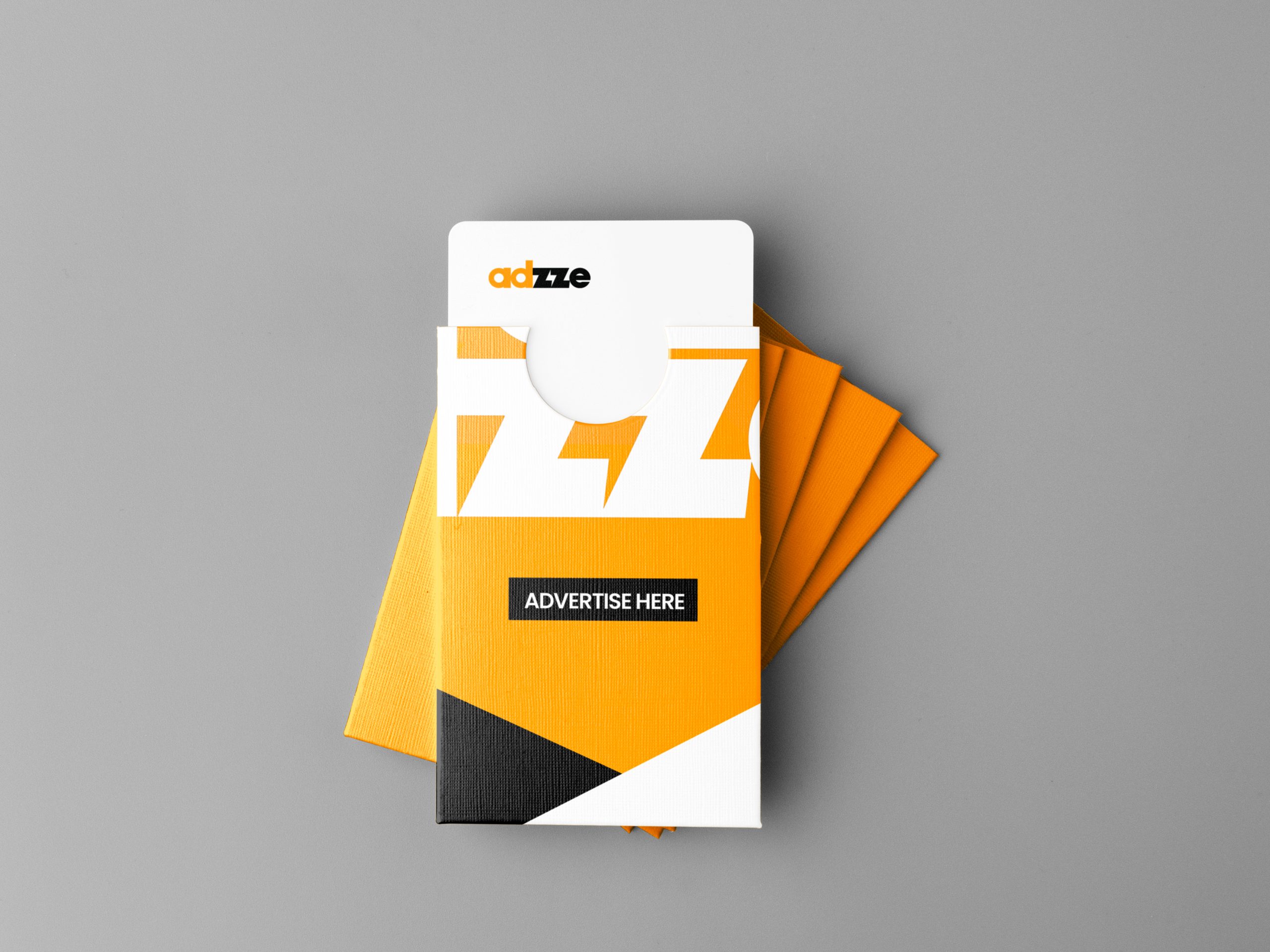
Ever wondered if there’s a better way to get your brand directly into the hands of engaged travelers? Imagine your message being physically held, seen multiple times a day, and integrated into a traveler’s daily routine. Hotel key card advertising offers this unique opportunity—turning an everyday essential into a powerful branding tool. It’s time to rethink the value of hotel key cards—not just as room access tools, but as high-impact advertising real estate.
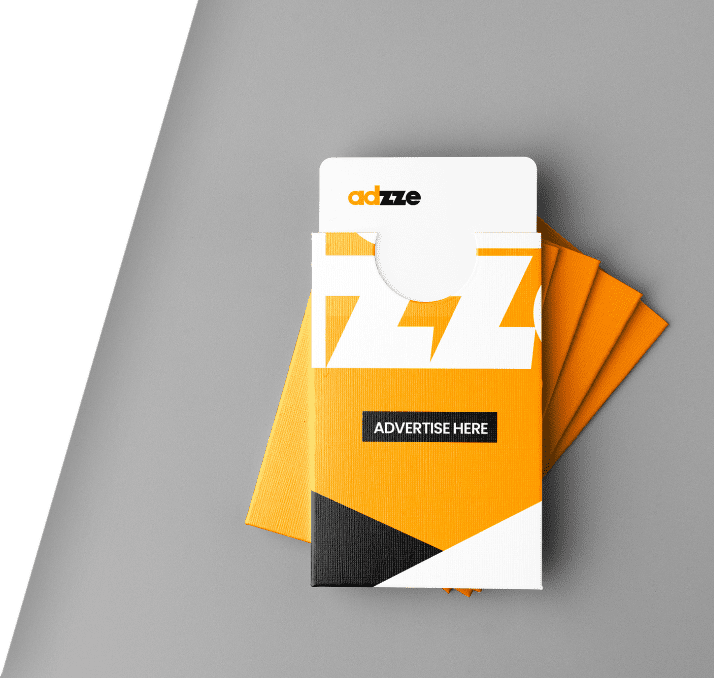
Hotel key card advertising is a form of in-hand advertising where brands place their messages directly on the key cards used by guests to access their hotel rooms. Guests interact with these cards multiple times daily, providing repeated exposure to the ad. Over an average stay of 2–3 days, guests see the ad several times, creating a lasting impression. This strategy allows businesses to reach frequent travelers in well-located, high-traffic hotels, ensuring repeated brand exposure throughout their stay.
Impacts of Hotel Key Card Advertising
This method ensures prolonged exposure to a brand’s message, as guests use the cards throughout their stay and often carry them outside the hotel. This constant interaction leads to higher ad recall compared to other traditional or digital media. Additionally, hotel key card advertising offers lower cost-per-thousand impressions (CPM), ranging from $2 to $4, making it an affordable and impactful alternative to billboards or digital ads.
Hotel key card advertising offers a versatile and impactful solution for brands across various industries. The entire surface of the key card can be customized with your message, creating a seamless and visually appealing presentation that guests interact with multiple times a day during their stay.
Specifics:
Best For: Restaurants chains, healthcare providers, and technology brands aiming to connect with affluent and business-savvy travelers. Perfect for long-term branding campaigns in high-traffic, upscale hotels.
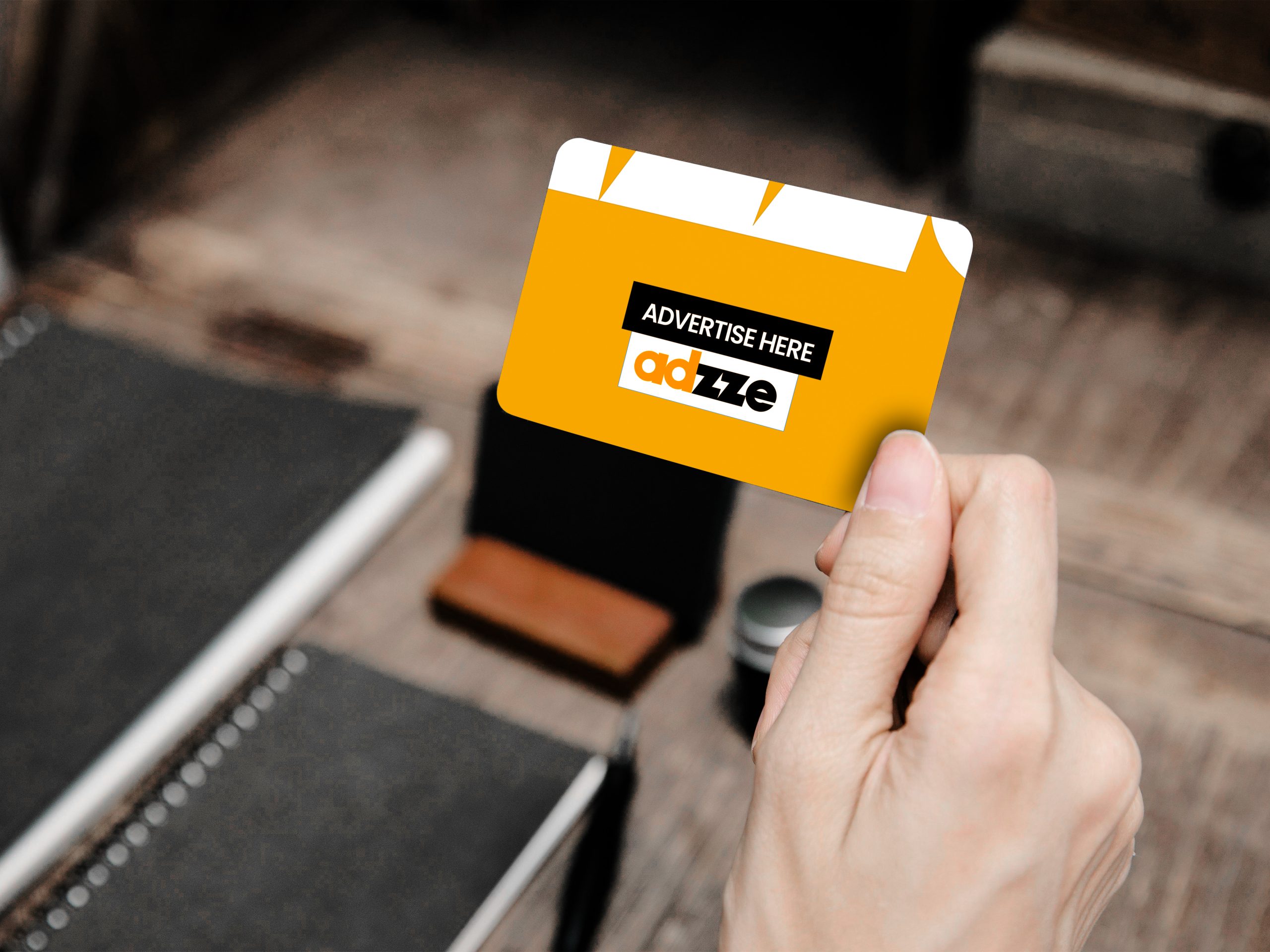
This approach reaches an affluent audience, aligns with premium brand positioning, and ensures repeated ad impressions. The tangible nature of key cards fosters a connection between the brand and the guest, increasing brand awareness and recall. Moreover, tracking tools like QR codes enable precise measurement of campaign performance, providing valuable ROI insights.
Measuring the effectiveness of hotel key card advertising involves a combination of impressions, CPMs, and tracking conversions. Here’s how it works:
Impressions: Each time a guest uses the key card, they see your ad, multiplying the impressions. For example, if a guest uses the key card five times a day over a three-day stay, that equates to 15 impressions per guest. Over time, those impressions add up significantly, leading to a high ad recall rate.
Cost-Per-Thousand (CPM): One of the best metrics to measure the cost-effectiveness of your advertising is CPM (cost per thousand impressions). When compared to other out-of-home (OOH) media formats like billboards or digital screens, hotel key card advertising often provides a lower CPM. Typically, CPM for key card advertising can range from $2 to $4, depending on the hotel’s location and audience profile. This makes it a cost-effective strategy compared to traditional OOH formats.
Tracking Conversions: Including QR codes or promotional codes on hotel key cards can help track direct conversions. For example, when guests use the key card and are prompted to scan a QR code, the number of scans can provide concrete data on engagement. If the ad includes a promotional offer, tracking how many guests redeem the offer online allows for accurate measurement of the campaign’s success.
These are just a few examples of how hotel key card advertising can drive impactful results across industries:

How New York State Enticed City Dwellers to Belleayre Mountain with a Door Hangers Campaign

Champlain College Delivers Career Growth with Pizza Box Toppers
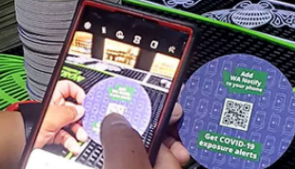
How Washington State Used Bar Coasters to Reopen Safely Amid COVID
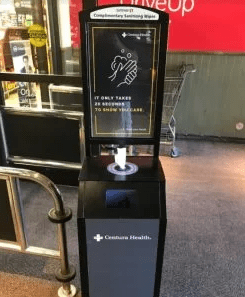
Centura Health Uses Hand Sanitizing Stations to Promote COVID-19 Vaccination

Kashi’s Bear Naked Granola Takes Over Coffee Shops with Coffee Sleeves




Hotel key card advertising offers a tangible and prolonged exposure that digital ads often lack. Guests repeatedly engage with the key card during their stay, which increases ad recall.
Hotel key card advertising is ideal for dining, Consumer packaged goods (CPG), retail, and finance brands looking to engage travelers. Restaurants can drive foot traffic with exclusive offers, while CPG brands promote new products and in-store deals. Retailers attract shoppers with special discounts, and financial services can market travel-friendly credit cards, insurance, and banking solutions to guests already in a spending mindset.
Tracking can be done through QR codes, landing pages, or promo codes on the key cards, allowing you to measure engagement and conversions.
CPM can range between $2 and $4, making it highly competitive compared to other out-of-home (OOH) advertising formats like billboards and transit ads.
Yes, focusing on luxury hotels and those in business districts or high-traffic tourist areas can ensure that your message reaches an affluent and engaged audience.
Hotel Key Cards advertising offers a unique blend of hyper-local targeting, high visibility, and cost-effectiveness, making it an underrated tool for advertisers looking to reach specific audiences. Ready to explore how this method can drive results for your brand? Request our Media Kit today to explore the possibilities further.
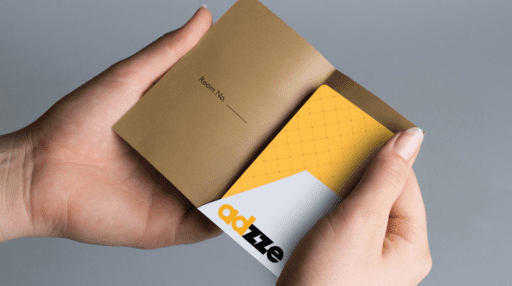
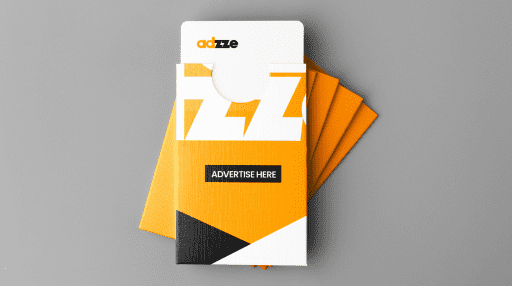
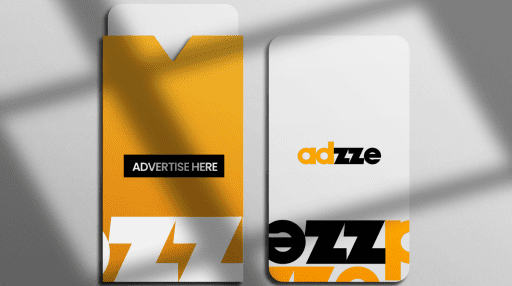
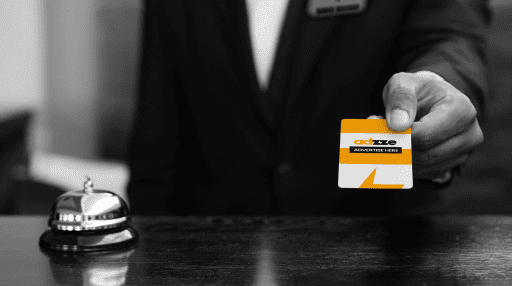
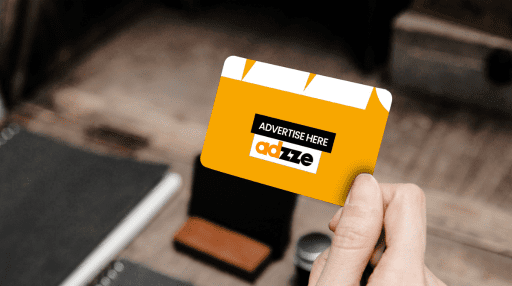
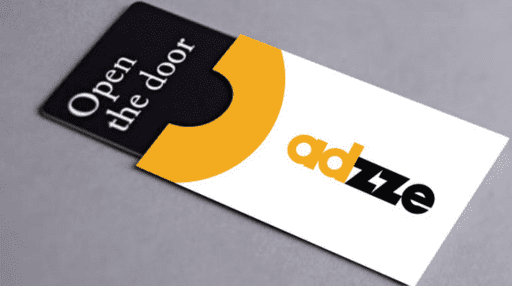

All rights reserved 2024